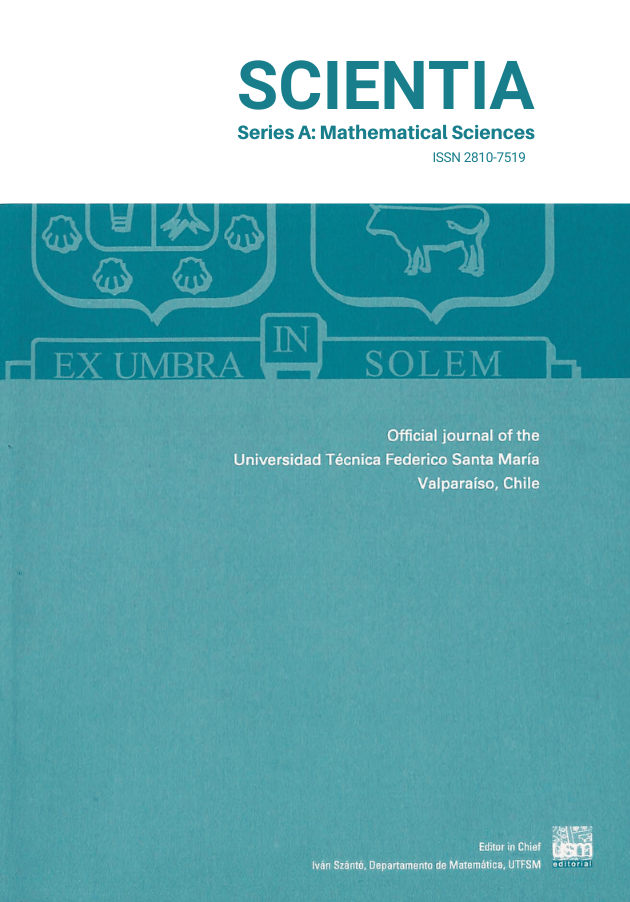About
SCIENTIA. Series A: Mathematical Science is an open access official journal of theUniversidad Técnica Federico Santa María, one of the leader Chilean institutions in science and education. It publishes original research papers in any branch of pure and applied mathematics. An international journal, its policy is to feature a wide variety of research areas, which in recent issues have included Complex Geometry, Complex and Real Analysis, Differential Equations, Dynamical Systems.
Current IssueVol 36 (2026)
Published September 2, 2025











